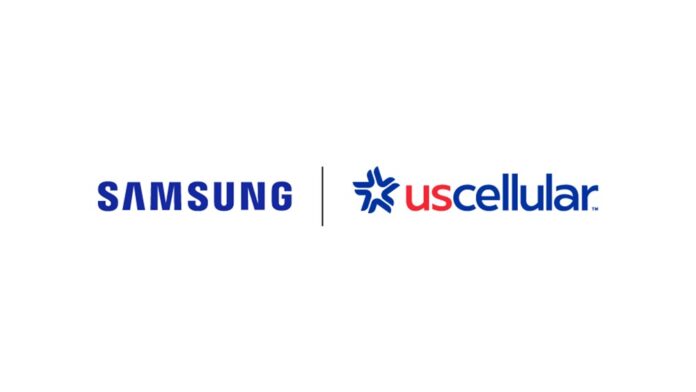For the Mid-Atlantic markets, UScellular deployed Samsung’s 5G Compact Macro, a 3GPP-based distributed architecture solution, to enable mmWave connectivity
Samsung Electronics announced that UScellular has expanded its 5G network capabilities in the Mid-Atlantic region using Samsung’s 5G solutions.
In a release, Samsung noted that the companies have collaborated to implement a new network architecture featuring Samsung’s 5G mmWave and virtualized Radio Access Network (vRAN) technology to accommodate UScellular’s increasing fixed wireless access and mobile traffic.
In November, the U.S. carrier introduced this service in multiple markets across the region.
For the Mid-Atlantic markets, UScellular deployed Samsung’s 5G Compact Macro, a 3GPP-based distributed architecture solution, to enable mmWave connectivity and provide customers with high-speed mobile and broadband services. The vendor explained that its Compact Macro integrates the baseband, radio and antenna into a single, lightweight unit for efficient installation. Samsung’s mmWave technology gives the operator access to the 28GHz and 39GHz frequency bands, allowing for high-speed, low-latency connectivity.
“We’re excited to work with Samsung as we continue to enhance our next-generation network,” said Mike Dienhart, vice president of Engineering and Network Operations, at UScellular. “Tapping into the ultra-high bandwidth of the mmWave spectrum allows us to unleash new capabilities and deliver cutting-edge customer experiences. Samsung’s proven expertise in innovative 5G and vRAN makes them an ideal partner.”
Under the deal, Samsung is also providing its vRAN solution with Central Unit functionality to support UScellular’s virtualized network. Samsung’s vRAN offers additional bandwidth and intelligent features, including energy-saving capabilities, while enabling the operator to scale capacity and deploy advanced services efficiently.
Wilf Norrlinger, vice president of US Sales, Networks Business, at Samsung Electronics America, said: “This collaboration showcases how our innovations in areas such as vRAN and mmWave are unlocking new capabilities.
Samsung and UScellular also said they continue working together to develop new network configurations that support the operator’s expanding fixed wireless customer base.
UScellular previously reported a continued downward slide in its total operating revenues, service revenues and net income, as it proceeds with selling assets and shifting its business into being a telecom infrastructure provider rather than a mobile network operator. However, Fixed Wireless Access (FWA) customer base continues to grow, up 32% year-over-year to 140,000 at end Q3-2024.
UScellular President and CEO Laurent Therivel previously said in a conference call with investors that the company believes that the proposed sale of its wireless operations to T-Mobile US is on track to close in mid-2025. “We remain confident that the transaction with T-Mobile is the best long-term solution for our customers as it gives them the long-term benefits of greater scale and a more competitive network,” Therivel said.
T-Mobile US plans to buy about 30% of UScellular’s spectrum, plus its wireless subscribers, operations and network assets except for the company’s owned towers for about $4.4 billion. UScellular will retain the nearly 4,400 towers that it owns, as well as about 70% of its spectrum and its equity method investments including its wireless partnerships, which the company said generated about $158 million in income last year.
UScellular is the fifth largest tower company in the United States, and this deal would solidify that position. The two companies said that they are going to put together a new, 15-year master lease agreement under which T-Mo will become a long-term tenant on at least 2,600 of UScellular’s towers, guaranteeing the company an income stream for years to come. T-Mobile US is already a tenant on about 600 of UScellular’s towers, and it will become a tenant on at least another 2,105 sites after the deal.
Separately, UScellular struck another deal with Verizon to sell some of its remaining spectrum for about $1 billion.

